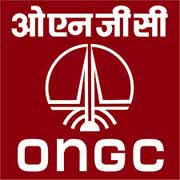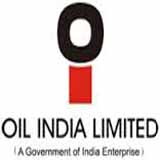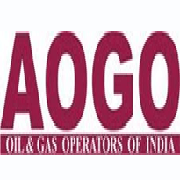-
ONGC looking to lower operation costs to boost profits
In an attempt to shore up its profitability, state-run Oil and Natural Gas Corp. Ltd (ONGC) plans to leverage depressed oil prices to lower its operational costs. This comes in the backdrop of low cost of oilfield services as the crude oil price for the Indian energy basket fell by $15.22 per barrel in the first quarter of the current financial year compared with the same period last year. The Indian energy basket represents the Oman, Dubai and Brent crude average.
ONGC registered a 21% dip in its net profit for the June quarter. The public sector firm reported a net profit of Rs. 42.33 billion in the quarter under review compared with Rs .53.68 billion in the year-ago period as its hydrocarbon production also dropped. “We are bringing about an improvement in our internal processes. The top management is driving a cultural change for better results,” said A.K. Dwivedi, director-exploration at ONGC. “Also, the cost of services hired is low in the market, we plan to capitalise on that to reduce costs,” he added.
The company’s turnover also slid 21.41% to Rs. 177.84 billion in the first quarter of financial year 2016-17. It had posted Rs. 226.28 billion as turnover during the same period last year. ONGC chairman and managing director, D.K. Sarraf, had attributed the fall in profit to depressed global crude oil prices at a conference in New Delhi on 8 September. According to ONGC’s Perspective Plan 2030, the public sector firm plans to produce 130 million ton (MT) of oil and natural gas with 70 MT coming from its domestic production and the rest from its overseas subsidiary, ONGC Videsh Ltd.
However, it is facing dropping production from its wells. So far in the current financial year, its crude oil output fell to 6.34 MT in the June quarter compared with 6.48 MT last year. Similarly, its gas production was down 5.6% to 5.49 billion cu. meters (bcm). ONGC produced 57.38 MT of oil and oil-equivalent gas in 2015-16 compared with 58.34 in 2014-15. “We also plan to bring about an improvement in the operating and internal cost,” said Dwivedi.
This comes in the backdrop of India’s stagnant hydrocarbon production. The government has made energy security one of the primary areas of focus in its economic policy in order to achieve fast and sustainable long-term development. “Exploratory activities will not see any reduction,” said Dwivedi. Experts believe these measures will help the company. “Apart from these measures, ONGC is also concentrating on developing onshore fields. These investments will be beneficial once production starts. Moreover by then, global crude oil prices will firm up as well,” said Sanjay Grover, partner at consultancy firm EY.
According to the petroleum ministry, India has 763.47 MT of crude oil and 1,488.73 bcm of natural gas reserves. The country’s petroleum product consumption grew 4.15% in 2014-15 to 165 MT.
Analysts believe the Indian petroleum product consumption story will continue. “Fitch Ratings expects consumption growth for petroleum products to remain strong over the medium term. Consumption increased by 7.8% in the first quarter of the fiscal year to end-March 2017 compared with 10.9% in FY16. We expect growth to moderate to around 5-6% in FY17 and thereafter. We also expect continued strong gasoline consumption growth of around 9-10% over the medium term, supported by robust passenger-vehicle sales amid low crude-oil prices,” Fitch Rating wrote in a 12 September report. Derrick Rose Womens Jersey
Share This



























































































